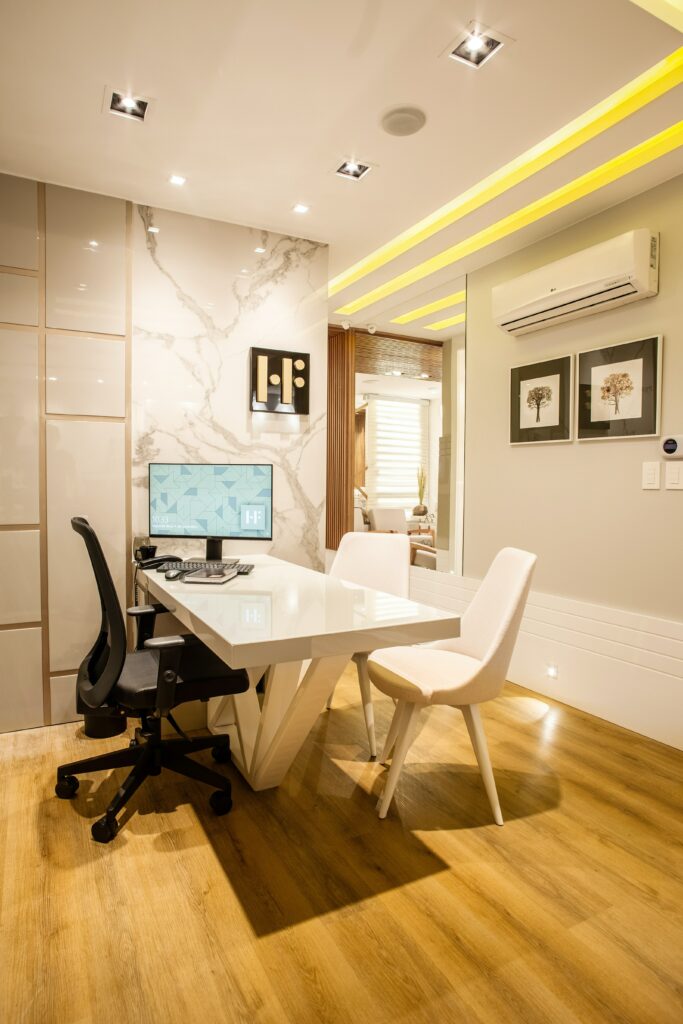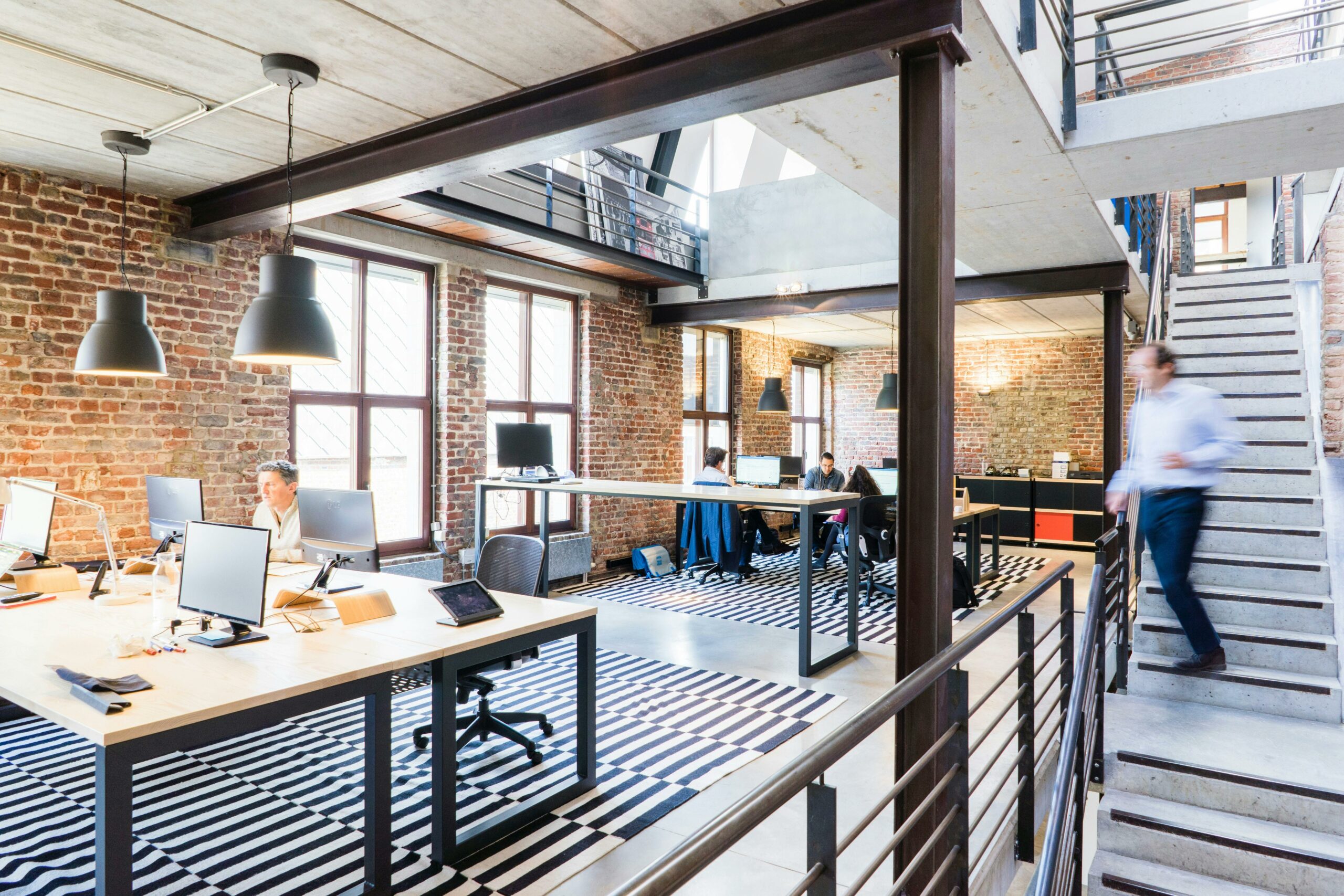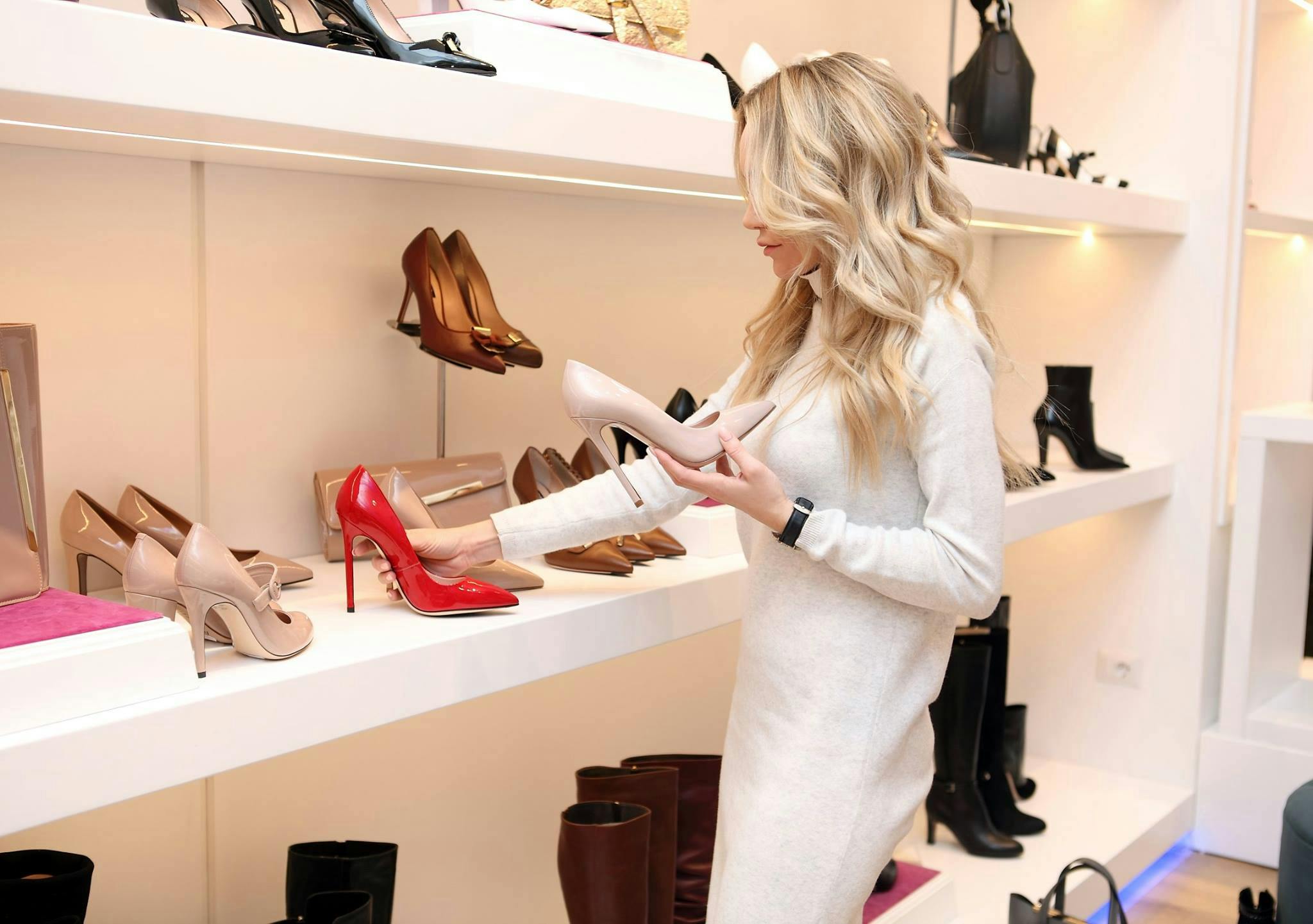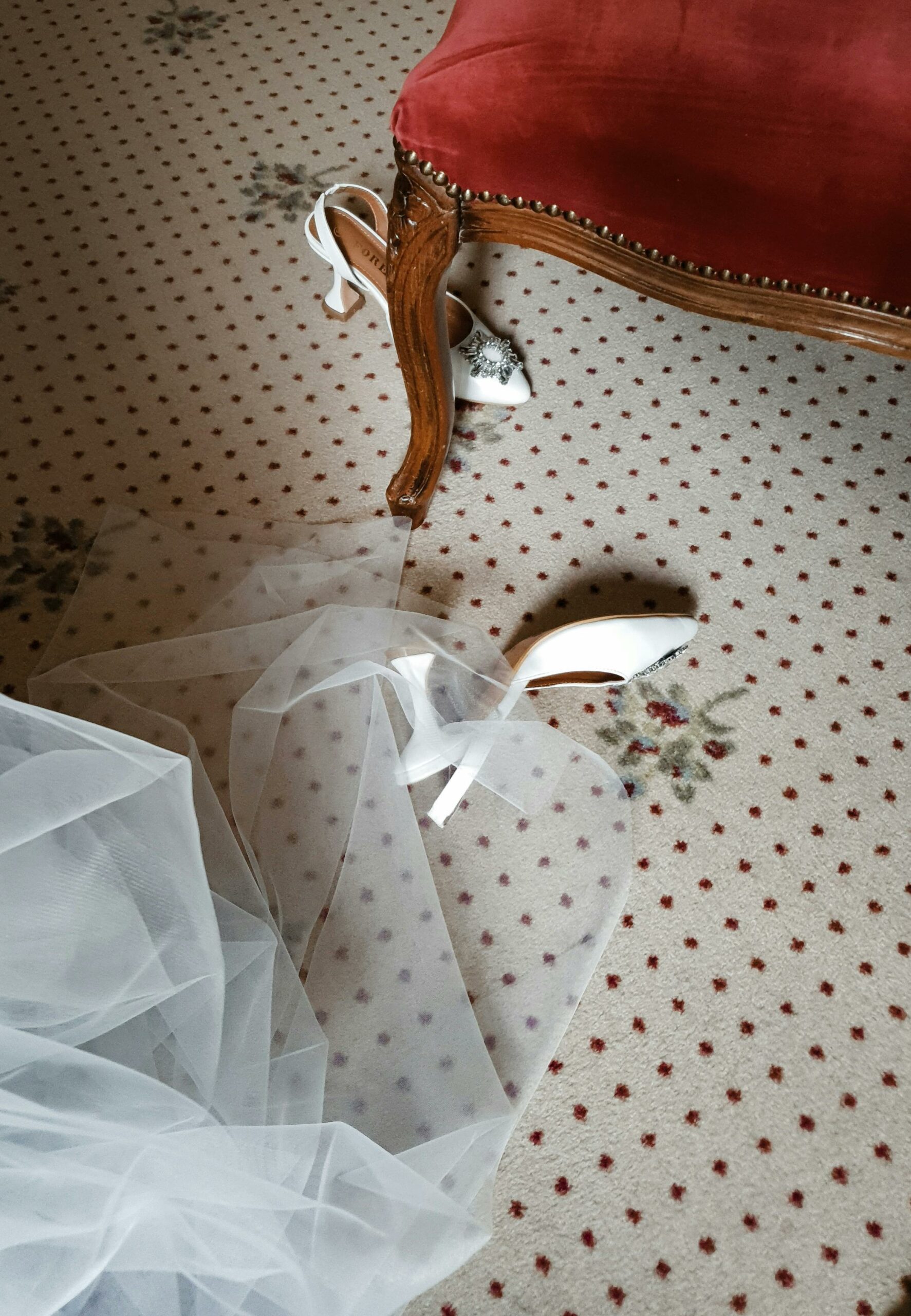Every business owner knows that the design of their work environment, particularly the lighting in it, can significantly impact both employee productivity and morale.
After all, workplaces with inadequate lighting can lead to more eye fatigue and distractions among employees, leading to a decrease in overall productivity. On the flip side, workspaces designed thoughtfully for optimal results offer better ambient lighting which leads to improved moods along with enhanced task-related performance.
In this blog post, we will explore workplace lighting – what are its key components and why is it so important? We’ll also provide tips on how you as a business owner can implement effective lighting solutions without breaking the bank!

Defining Workplace Lighting And The Benefits It Brings
Proper workplace lighting is a fundamental factor in creating a safe and comfortable work environment.
It doesn’t matter whether you’re looking for durable factory lighting or adjustable lighting that promotes productivity, understanding the benefits of workplace lighting is key.
Good light can reduce fatigue or strain from glare, while adequate illumination and control of shadows can encourage better visibility.
There are many tools and strategies to implement appropriate workplace lightings such as newer LED lights, light reflectors, lens covers, and more. On top of reducing eyestrain, properly designed workplace lighting can also improve security and safety with the right brightness levels.
Types of Workplace Lighting and Their Benefits
When it comes to workplace lighting, there are several different types that offer various benefits to your business.
From adjustable task lights to wall-mounted fixtures, each type of lighting used in the workplace helps to create a comfortable and productive environment. Task lights help with areas where details matter like desks or workspaces, while wall-mounted fixtures provide uniform illumination for larger work areas.
LED lights are a popular choice since they’re more energy-efficient and last longer than traditional lighting types.
Whichever type of workplace lighting is chosen, it’s important to ensure that the design layout adequately provides all employees equal access to efficient lighting.
How To Optimize Your Workplace Lighting For Maximum Productivity
If you’re looking to increase productivity at your workplace, optimizing workplace lighting can be one of the best steps you can take. Doing so can boost the focus and morale of everyone in the office.
By setting up different light intensities based on certain tasks, and utilizing natural light, you can truly create an environment that will have employees energized and always at their peak performance.
Consider experimenting with different types of lighting solutions such as LED lights with adjustable color temperatures that allow crepuscular rays to come through the windows which studies show has been linked to higher levels of productivity.
Understanding Color Temperature and Its Impact On Employee Health And Wellbeing
When it comes to workplace lighting, color temperature plays a critical role in the well-being of employees.
Color temperature is a measure of how light appears from a source and refers to the warmth or coolness of light on a scale from warm yellow to cool blue.
If the wrong color temperature is used in the workplace, it can put a strain on employees’ eyes and disrupt their overall mood and energy levels, negatively affecting productivity and morale on an individual level as well as company-wide.
That’s why when planning for proper workplace lighting, it’s important to consider the color temperature in order to create an environment where work is both productive and enjoyable.
Choosing Appropriate Light Levels For Maximum Comfort and Efficiency
When selecting the appropriate light levels for a workspace, it’s important to consider factors such as the task you’re performing – whether it’s reading or puzzle work – and the time of day – is it morning, afternoon, or evening?
Knowing these will help you determine the kind of lighting source that is best suited to achieve maximum ergonomic effectiveness while limiting eye strain and headaches.
The key is understanding variables like brightness, contrast, and glare levels so that you can make calculated decisions instead of relying on guesswork.
Maintenance Tips For Maximizing The Life Span Of Your Office Lighting
The lifespan of your office lighting is something that should not be taken lightly. Even if they seem like minor issues at the beginning, lighting problems can end up costing you money down the line.
To avoid this and maximize the life span of your office lighting, there are a few maintenance tips that you should keep in mind. One of the most important things to do is to make sure your lights are checked regularly by hiring a qualified electrician.
Additionally, replace any defective light bulbs as soon as you become aware of them and use energy-efficient bulbs whenever possible.
Finally, in order to handle bigger issues quickly and effectively, it’s best to create an emergency plan for when a power surge occurs or a light panel goes out.
All in all, workplace lighting can be an incredibly valuable tool when used properly. It boosts employee productivity, improves their comfort and wellness, helps create a more conducive work environment, and increases the longevity of office fixtures.
As we’ve explored in the course of this article, it’s important to understand the different types of lighting available, as well as their various features and benefits.
Additionally, you’ll need to consider color temperature, light level measurements, and regular maintenance tasks to ensure your employees are working under proper conditions that suit their needs and preferences.
When done correctly, workplace lighting can make quite a difference for both businesses and their staff.






